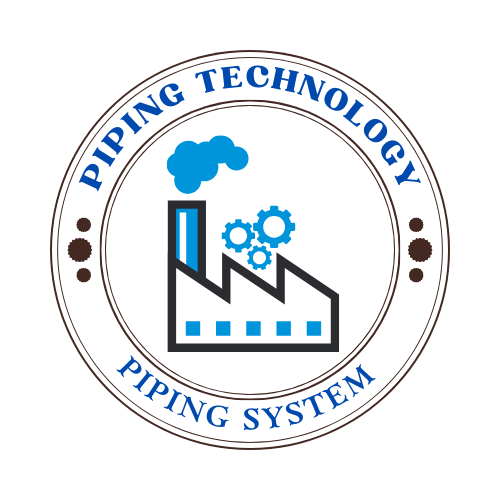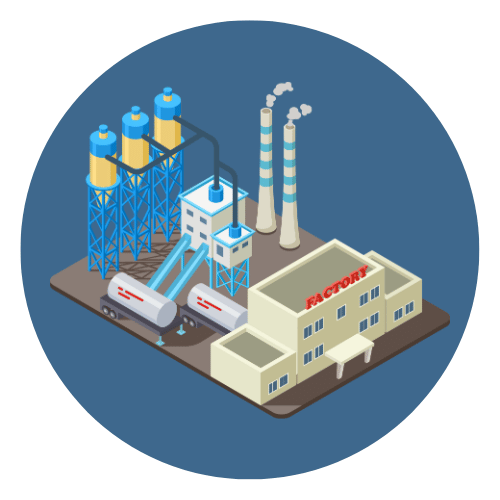Hazard symbols serve as the universal language of safety, crucial for warning about the dangers associated with various chemicals and substances. These symbols, characterized by their distinctive shapes and colors, quickly communicate risks and promote safe handling practices across global industries. Originating in the early 20th century, hazard symbols have evolved in response to growing industrial complexities and diverse regulatory needs.
Understanding and properly interpreting these symbols is not just a matter of regulatory compliance; it is essential for preventing accidents, ensuring workplace safety, and protecting the environment. As industries expand and new substances are developed, the role of hazard symbols becomes increasingly significant in our daily interactions with potentially dangerous materials.
In this article, we will explore the different types of hazard symbols, the regulations governing their use, and the best practices for their implementation to foster a safe working environment.


 Automation System
Automation System  Energy Engineeing
Energy Engineeing  Instrumentation System
Instrumentation System  Mechanical Engineeing
Mechanical Engineeing  Piping Technologies
Piping Technologies  Transportations
Transportations  Manufacturing
Manufacturing  Training Material
Training Material 












